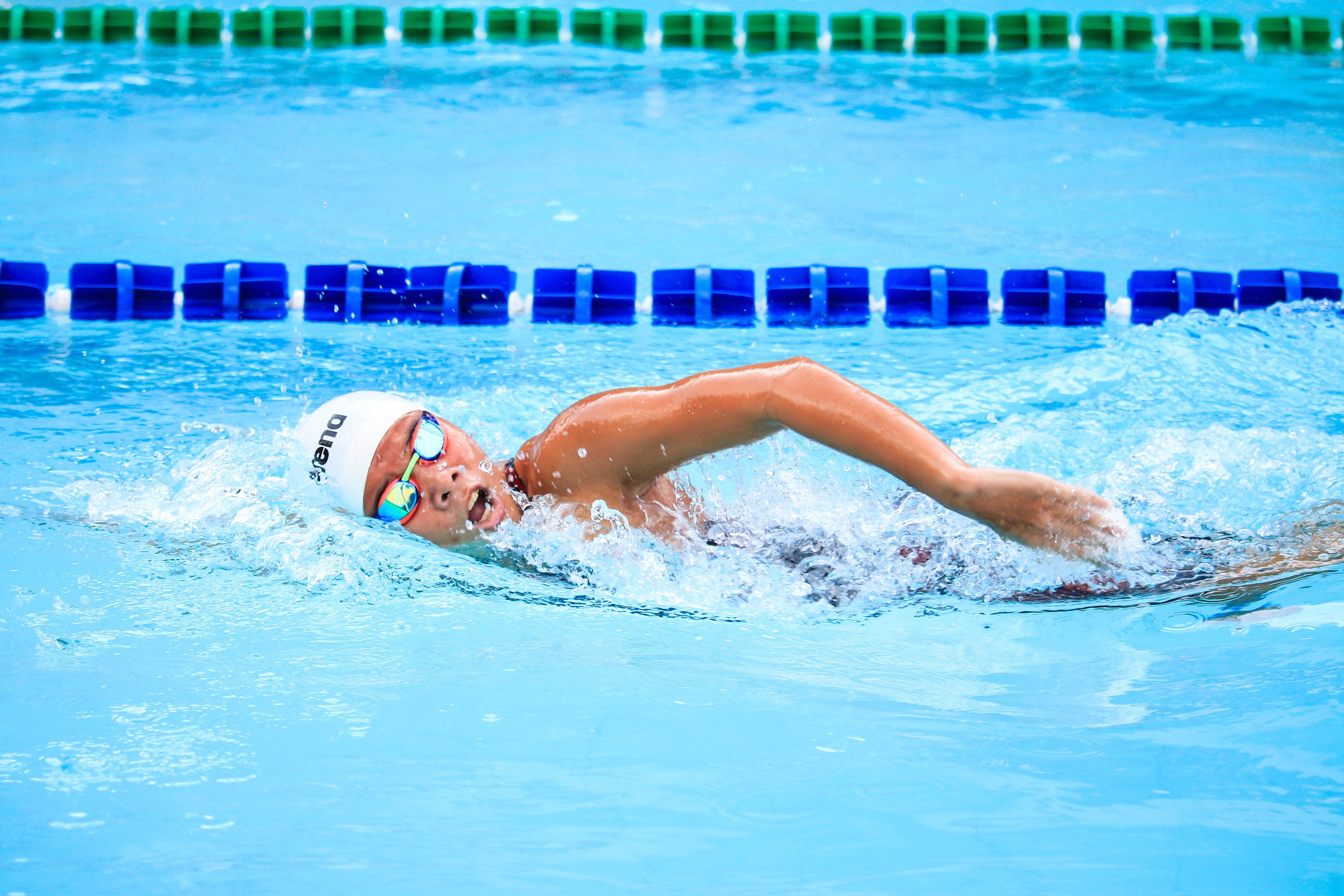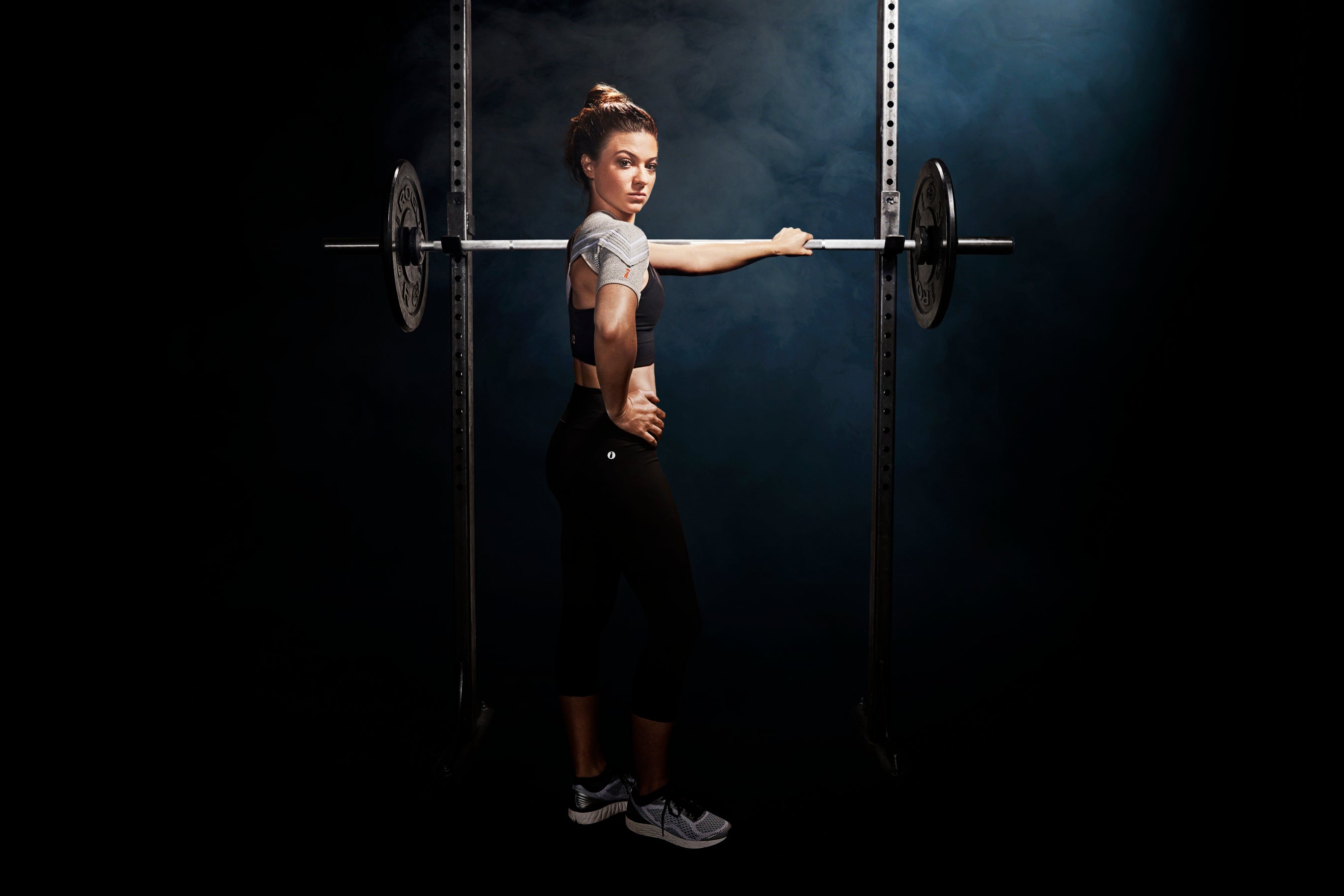Our everyday lives utilize our entire bodies, whether it be recreationally, at work or playing sports. The human body is similar to a machine that needs proper oiling from time to time - and a super important part of that is keeping our shoulders in check. Everything we do with our arms ties back to our shoulders, and extended periods of use or stress can start to build up tension resulting in pain and stiffness. That's why a shoulder sleeve brace is a super popular item on the market, with many different models made by reputable sports and wellness outlets. Let's learn the potentials of a shoulder brace.
Understanding The Mechanism Of Shoulder Braces
Shoulder injuries can occur on impacts like an accidental fall, overuse, sports, and many other ways. The variety of shoulder braces accessible today is impressive, with each model having features for helping patients in different ways.
Some shoulder braces work by immobilizing the shoulder and arm to minimize movement and provide support. If worn for properly for the right amount of time, the shoulder can heal relatively fast and won't be as susceptible to future injury.
Other kinds of shoulder sleeves offer compression. These are meant for athletes who are now slowly returning to training as they recover from mild injuries. The shoulder braces possess compression qualities that offer a moderate support and protection level. They work by offloading force and stress from the affected area surrounding the brace itself. This leads to blood flow regulation and a decrease in inflammation, and accelerates the recovery process.
Many research studies have proved that shoulder sleeves enhance an athlete's awareness of the arm position, the amount of force muscles bear and how all this is synchronizing with the other muscles. Proprioception is the name for this type of awareness. Improving this condition can help with performance maximization and shoulder stabilization.
There are also shoulder braces available that only offer restriction and resistance. This can facilitate shoulder strengthening at the time of training because the muscles are forced to push harder against the extra resistance. By this, the user can not only boost performance but also strengthen the shoulder's weak structures. Also, it will assist with the rehabilitation of a prominent injury.
Which Injuries Can A Shoulder Brace Treat?
Evaluating the intensity of a shoulder injury effectively is quite challenging after sports injuries. This is why athletes always recommend checking with a physician before selecting a shoulder brace to determine the exact reason and intensity of an injury. Take a look at the following points to learn about typical shoulder injuries and how a shoulder pain brace functions for aiding recovery:
- ACJ or Acromioclavicular injuries – On the top of the shoulder, there is a small hard lump known as the acromioclavicular joint (ACJ). It is highly crucial for throwing and overhead arm motions. Falling repetitively on the shoulder can lead to a sprain in this joint as well as dislocation. A shoulder brace works by decreasing the swelling in a wrenched ACJ. Not only can an athlete recover with the shoulder brace, but it will stabilize the dislocated ACJ during recovery.
- Labral tears – There is a cushion surrounding the shoulder joint's socket, which is known as the labrum. If a shoulder experiences a direct blow then the labral may tear. Other than that, pulling or throwing something can lead to this injury. The best shoulder brace will manage blood flow to the area and offer support that will help restore the tear and reduce pain.
- Impingement syndrome – The shoulder's impingement syndrome occurs because of repeated overhead arm motions. Following this, petite bony spurs will develop that grip the rotator cuff tendons beyond the chief shoulder joint. Shoulder braces that limit mobility are the best solution.
- Shoulder arthritis – When the shoulder joints wear with overuse or age, shoulder arthritis can develop. By losing the original lubrication, the joint becomes painful and stiff. Keeping the shoulders active all the time and muscle toning is a great way to prevent this. Strengthening the joint easily is possible with shoulder braces, and simultaneously, it will lessen the pain linked to arthritis. Recovery wear like this also helps train the joint to maximize the motion range and reduce the impact of arthritis.
- Rotator cuff tears – Rotator cuffs are the tendons that offer stability and movement for the shoulder. If it experiences damage, then it will result in weakness and pain. Athletes can suffer tears due to injuries but can benefit from shoulder braces as they promote immobilization. It is important so that the tears cannot get bigger. Any user can reinforce and toughen the rotator cuff with a shoulder brace after it has recovered adequately.
Supplementing The Shoulder Brace With Other Recovery Methods
There are two main ways to help recover from a shoulder injury without the use of a brace.
The first is rest - enabling the shoulder time to heal properly might seem simple, but it's not as easy as that. You can get good shoulder rest by using an immobilizing brace, but you'll still be itching to get back to your routine. Regardless, it's important to heed the doctor's advice so you can bounce back.
The second way is physiotherapy - which include stretching, active rehabilitation amongst other unique exercises and routines.
Final Say
A shoulder injury can be a highly stressful one. You might have to refrain from working out, typing, cooking and playing due to the ache and swelling. Thankfully we have a stand up product like the shoulder brace. See which ones work for you and always remember to check with your doctor.
Read more

If you’re anything like us, you’ll have been glued to the coverage of the Tokyo 2020 Olympic Games for the last couple of weeks. Perhaps it’s inspired you to up your own fitness game or even try a...

If you suffer from arthritis or any other kind of joint pain, high-impact exercises such as running and jumping may not be an option for you. But this doesn’t mean you can’t still get fit and stay...






Leave a comment
All comments are moderated before being published.
This site is protected by hCaptcha and the hCaptcha Privacy Policy and Terms of Service apply.